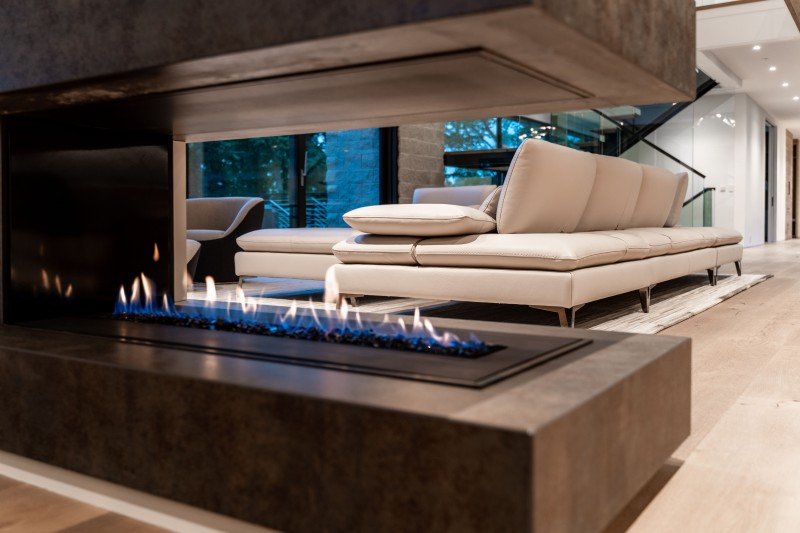Freestanding Stoves for Sale: The Ultimate Guide
Freestanding stoves, likewise known as standalone stoves, are a progressively popular choice for property owners aiming to enhance the heating efficiency and visual appeal of their living spaces. They can be found in a myriad of styles, sizes, and fuel options, supplying versatility to satisfy the varied needs of customers. This short article checks out numerous aspects of freestanding stoves, including their advantages, types, and features, together with a guide to purchasing the right stove.
What is a Freestanding Stove?
A freestanding range is a heating device that is not built into a wall or kitchen cabinetry. Rather, it stands independently in a room and can be positioned in numerous areas, making it a versatile heating option. These stoves can make use of various fuels, such as wood, gas, or pellets, and are designed to provide heat while boosting the ambiance of a space.
Benefits of Freestanding Stoves
Freestanding stoves are preferred for several factors:
- Heating Efficiency: Freestanding stoves can generate considerable heat output while being fuel-efficient.
- Visual Appeal: With different designs ranging from traditional to contemporary, they can be a focal point in any room.
- Setup Flexibility: They can be placed in diverse places, enabling for easy combination into existing home layouts.
- Affordable: Many freestanding stoves are more economical to set up compared to built-in systems.
- Heat Distribution: They can successfully disperse heat through the convection process, heating up the surrounding area.
Kinds Of Freestanding Stoves
Freestanding stoves been available in different types based on their fuel source, consisting of:
| Type | Description |
|---|---|
| Wood Stoves | Usage traditional wood logs for fuel, using a rustic appeal and a special atmosphere. |
| Gas Stoves | Operate utilizing gas or gas, supplying hassle-free and manageable heating. |
| Pellet Stoves | Utilize compressed wood pellets as fuel, understood for their efficiency and eco-friendliness. |
| Electric Stoves | Use electrical energy as a source of power, offered in various designs, often including modern styles. |
Secret Features to Consider
When searching for a freestanding stove, numerous features need to be considered:
- Heat Output (BTUs): Consider the size of the area you wish to heat and choose a range with a proper BTU rating.
- Size and Design: Ensure the stove fits the space and matches the space's design.
- Fuel Type: Decide on the most practical and economical fuel type for your family.
- Efficiency Ratings: Look for the stove's efficiency rankings (like EPA accreditation for wood stoves) to ensure you're making an environment-friendly choice.
- Security Features: Consider designs with security features such as car shut-off, heat resistant glass, or low-clearance choices.
Getting a Freestanding Stove
When considering buying a freestanding stove, it is necessary to assess a number of crucial aspects to guarantee you invest wisely:
1. Spending plan
Setting a clear budget is important when going shopping for a freestanding stove. Rates can vary widely based upon the type, brand name, and features:
- Basic Models: ₤ 800 - ₤ 1,500
- Mid-Range Models: ₤ 1,500 - ₤ 3,000
- High-End Models: ₤ 3,000 - ₤ 6,000+
2. Research Brands and Models
Extensive research study can assist you discover different alternatives in the market. Some significant brands in the freestanding range market include:
- Jøtul
- Quadrafire
- Regency
- Lopi
- Harman
3. Consult Reviews
Read consumer reviews and professional rankings online to get insights into the efficiency and reliability of different models.
4. Regional Regulations
Inspect local building regulations and regulations relating to stove setup, especially for wood and gas stoves, to make sure compliance.
5. Installation
Consider professional setup, especially for gas or wood designs, as they frequently require unique ventilation or flue systems.
Frequently Asked Questions About Freestanding Stoves
1. Are freestanding stoves safe to use?
Yes, when appropriately installed and preserved, freestanding stoves are safe. Nevertheless, it's important to follow the manufacturer's guidelines and local codes.
2. How do I maintain my freestanding range?
Routine upkeep includes cleaning up the flue or chimney, looking for clogs, and making sure all parts are working properly. Fireplace Retailers USA by a certified service technician are recommended.
3. Can I use a freestanding range as a primary heating source?
Yes, lots of house owners use freestanding stoves as main heating sources, specifically in areas where traditional heating may be restricted.
4. Are freestanding stoves energy-efficient?
Numerous newer designs are developed for high efficiency, using much better heat retention and lower emissions compared to older models.
5. What is the typical life expectancy of a freestanding stove?
With correct maintenance, the typical life-span of a top quality freestanding range can be around 15 to 20 years.
Freestanding stoves are a practical and stylish alternative for heating homes. By comprehending the numerous types, benefits, and features available, house owners can make informed decisions that match their preferences and heating needs. Whether going with a wood, gas, pellet, or electric range, investing in a quality design will offer warmth, atmosphere, and fulfillment for several years to come.

